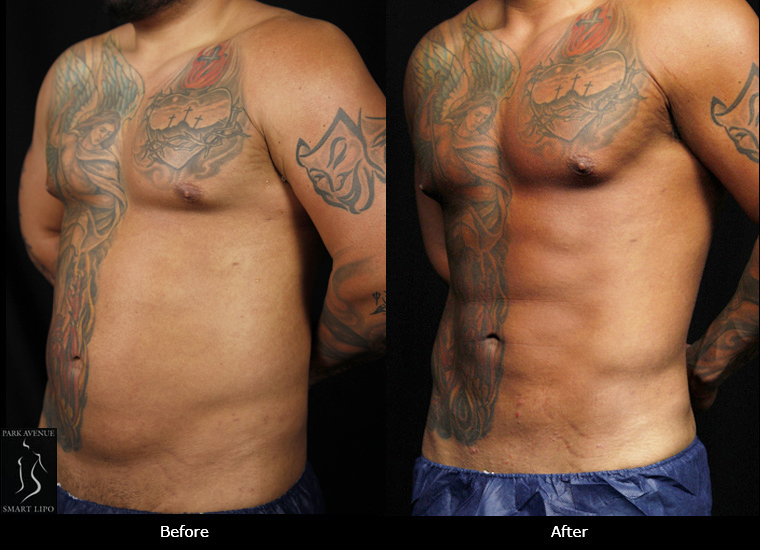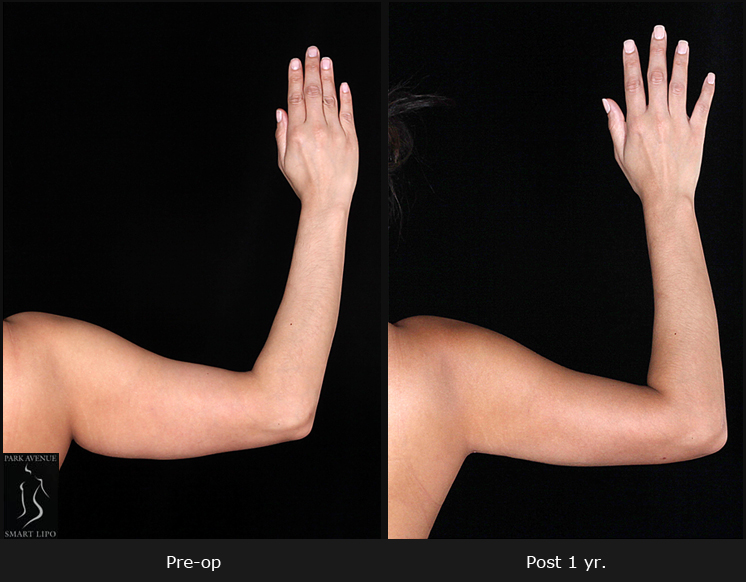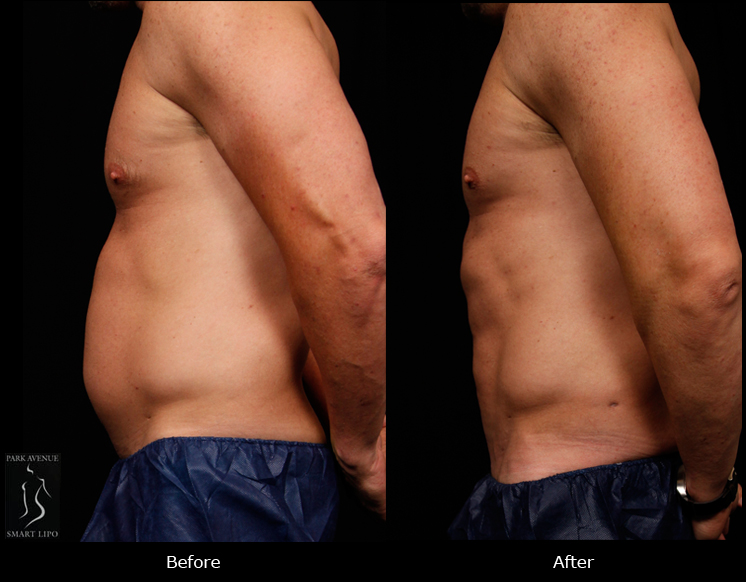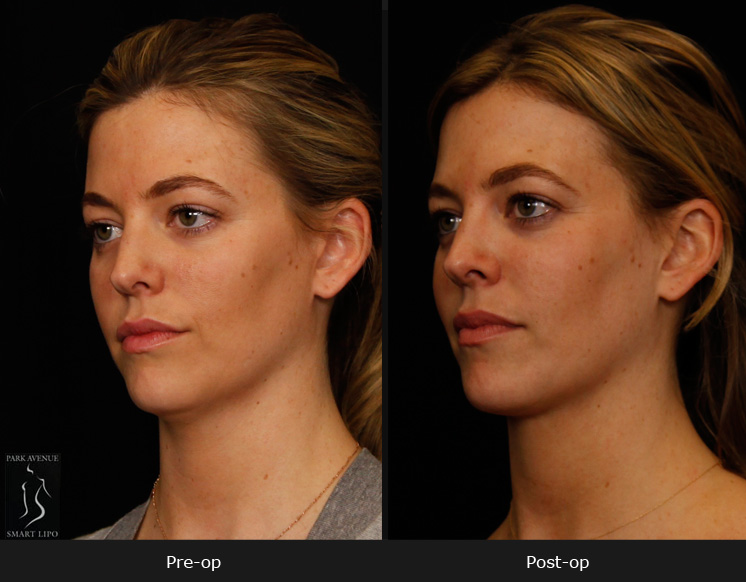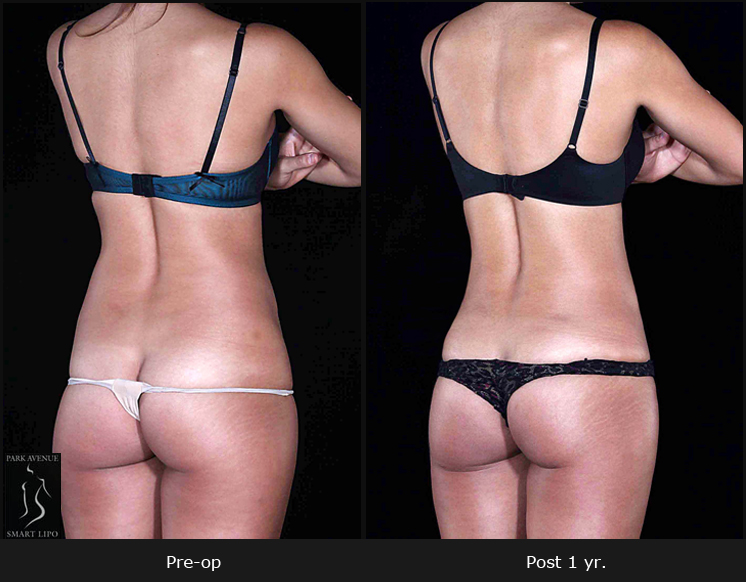The popularity of fat transfer procedures in reconstructive and cosmetic surgery has soared in recent years. However, a recently published review in Plastic and Reconstructive Surgery® notes that there is still no consensus among plastic surgeons on the best method of preparing the extracted tissues for use in fat grafting.
The procedure involves removing fat via liposuction from one area of the patient’s body, purifying it, and using it to enhance another area. This method is an alternative to implants and provides natural-looking results for procedures such as breast augmentation, butt lift surgery, and face lift procedures.
Available research data is not enough to draw a conclusion on an optimal fat graft processing technique, according to the EurekAlert article on the review in the October issue of the official medical journal of the American Society of Plastic Surgeons (ASPS). While studies have discussed several viable methods for fat processing, the reviewers say that there is no “compelling evidence” to prove the superiority of any one technique – though fat grafting has been in use for almost two decades.
This new analysis is built on a previous review of 37 studies published through 2011. The reviewers examined nine additional articles published through 2014. Five studies evaluated established techniques for processing the fat removed through liposuction, namely, decanting, cotton gauze rolling, centrifugation, and cell washing. Centrifugation was identified as the most common technique. Four studies looked at newer and more expensive options such as cell washing or filtration techniques which are designed to preserve stem cells or “stromal vascular fraction”.
The reviewers point out that while the studies do identify “several viable methods” of processing samples for fat grafting, none of these techniques can claim to be superior to the others. They concluded that despite the continued investigations in this field, more research is required “to identify the optimal methods for processing harvested adipose tissue into the ideal autologous graft”.
Nevertheless, the popularity of fat transfer in plastic surgery will continue to grow for the many benefits it offers:
- No risks associated with insertion of foreign material (implants) into the body
- Reduced risks of rejection
- Natural looking outcome
- Improved contour in the donor site
Experienced plastic surgeons use fat grafting in combination procedures that combine abdominal liposuction with breast augmentation.

